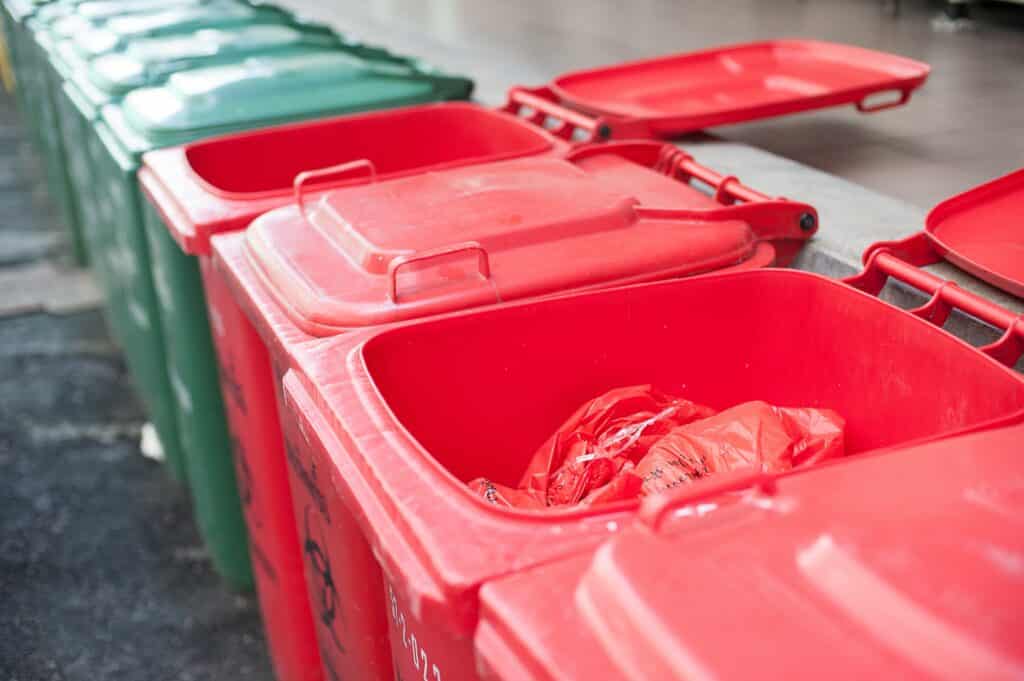Did you ever wonder what other pharmacies do to manage their Pharmaceutical Waste?
Regardless of the type of pharmacy, stand-alone or retail, there is a large amount of pharmaceutical waste that needs to be disposed of. With that, the Environmental Protection Agency (EPA) has a set of guidelines for disposing of pharmaceutical waste that every pharmacy needs to comply with.
Before disposing of their pharmaceutical waste, it is important to classify the types of waste that pharmacies produce.

4 Categories of Pharmaceutical Waste
- RCRA Hazardous Pharmaceuticals
- Non-Regulated Pharmaceuticals
- Non-Hazardous Pharmaceuticals
- DEA Controlled Pharmaceutical
2 types of waste required to be transported and treated at a treatment facility
- RCRA Hazardous Pharmaceuticals
- Non-Regulated Pharmaceuticals.
Some examples of RCRA Hazardous Pharmaceuticals include Warfarin (blood thinner), Phentermine Hydrochloride (appetite suppressant), Cyclophosphamide (chemotherapy drug), and many others that would be harmful if disposed of improperly into clean water sources.
This is where it is best to hire a professional Pharmaceutical Waste Disposal service that can transport the hazardous pharmaceuticals to a treatment facility for you to dispose of them properly. DEA Controlled Pharmaceuticals can be both hazardous and non-hazardous which is why it is important to classify these controlled pharmaceuticals properly. If hazardous pharmaceuticals are disposed of incorrectly, depending on the state, will result in heavy fines up to $70,000.
All Non-Hazardous Pharmaceuticals should be disposed of in a solid waste landfill or destroyed in a solid waste incinerator. It is still illegal to sew non-hazardous pharmaceuticals as it still could be harmful to the environment and a person’s health.
Some examples of Non-Regulated and Non-Hazardous Pharmaceuticals are antibiotics, contraceptives, and OTC medications such as ibuprofen or cold medications. There are also take-back programs where any unused or expired medications laying around can be disposed any place that uses a take-back program.
Most are located in a clinic, hospital, retail environment, or local law enforcement agency, however, hospitals, pharmacies, and businesses generating pharmaceutical waste generally cannot use these programs.

The Environmental Protection Agency (EPA) has started altering laws regarding pharmaceuticals regarding classifying what is hazardous waste. The EPA just ruled that FDA-approved over-the-counter nicotine replacement therapies are no longer considered hazardous waste, therefore, can be destroyed in an incinerator with other non-hazardous waste.
This has not been the only law that has been changed in the past five years and will continue to alter EPA laws in the future which is why it is important to understand how pharmacies manage and dispose of their waste to demonstrate they are disposing of their waste properly.


